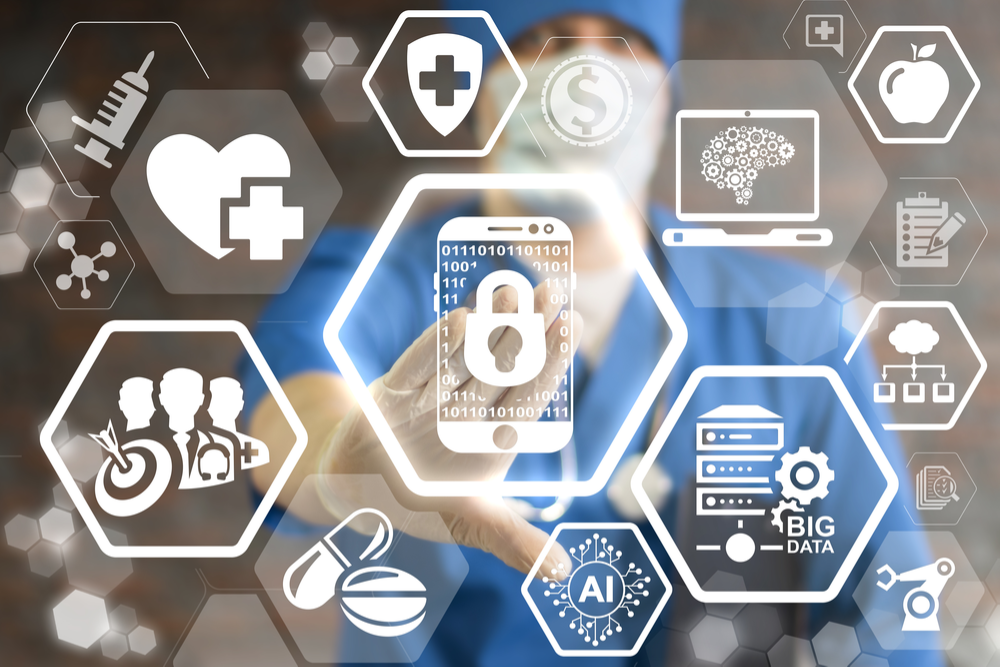Health care sector racing to embrace IoT

Technological innovation has been a hot topic in the health care industry in recent years. The large-scale move toward electronic health records systems and the ensuing need to adopt supporting IT systems has led to a great deal of disruption, and the results have been somewhat mixed. While it is difficult to deny the potential benefits of all of this technology, there are still many question marks about how the manual data entry and monitoring involved in digital health care will impact patient care. The Internet of Things is stepping in to resolve this problem.
Automating data gathering and reporting processes through IoT devices integrated into health care systems could help deliver on the promises of the EHR revolution, and the health care IoT market is flourishing as a result.
Rapid growth on the horizon
IoT innovation is happening quickly in the health care industry, so much so that the market will be valued at $410 billion by the time 2022 rolls around, Grand View Research found. To put that in perspective, a 2015 study from Markets&Markets found the health care IoT sector was worth $32.47 billion in 2015 and would be valued at $163.24 billion in 2020. That already represents a compound annual growth rate of more than 38 percent from 2015 to 2020. Based on these figures, the market will more than double between 2020 and 2022 if the projections from MarketsandMarkets and Grand View Research hold true.
With the health care IoT market expanding at a breakneck pace, be on the lookout for new software and underlying IT systems to come along for the ride.
IoT growth doesn’t happen in isolation
The need for supporting apps and data integration solutions is one of the major overarching messages coming out of the IoT sector as a whole. This is particularly evident in the health care industry, as a MarketsandMarkets study predicted that the software and systems segment of the IoT sector will expand more quickly than the markets for devices, services, and technology. This prediction covers 2017 to 2022 and, according to the study, highlights just how important data security and intelligence is across the healthcare industry. It isn’t enough to just gather information using IoT systems, organizations must be able to protect that data and put it to use with minimal human input.
On top of all this, both MarketsandMarkets and Transparency Market Research pointed to a growing need for network advances in health care settings to support the IoT.
Responding to a growing need
The current state of the healthcare industry is ripe for innovation. Transparency Market Research found that emerging needs in fitness management, remote clinical monitoring and chronic disease management are all driving a rapid move toward IoT devices, including implants, wearables, and specialized medical devices.
Who is leading the charge?
A variety of brands are taking hold of the growing health care IoT segment, with a few leaders including:
- Kaa – An emerging brand focused on offering a full IoT platform for medical settings.
- Telit – Like Kaa, Telit offers a full medical IoT platform, putting a particular focus on monitoring and security data.
- AdhereTech – A wireless pill bottle maker that helps track patient adherence to research agreements and similar pharmaceutical requirements.
- Stanley Healthcare – Another IoT platform, but this one emphasizes workflow management and analytics to empower staff to work at their best.
IoT innovation is happening quickly across the health care sector, and it isn’t just big brands making a difference. With so much demand for new devices, apps, services, the underlying infrastructure and, essentially, an entire ecosystem of products, there’s a great deal happening in the sector.
Leave a Reply
You must be logged in to post a comment.